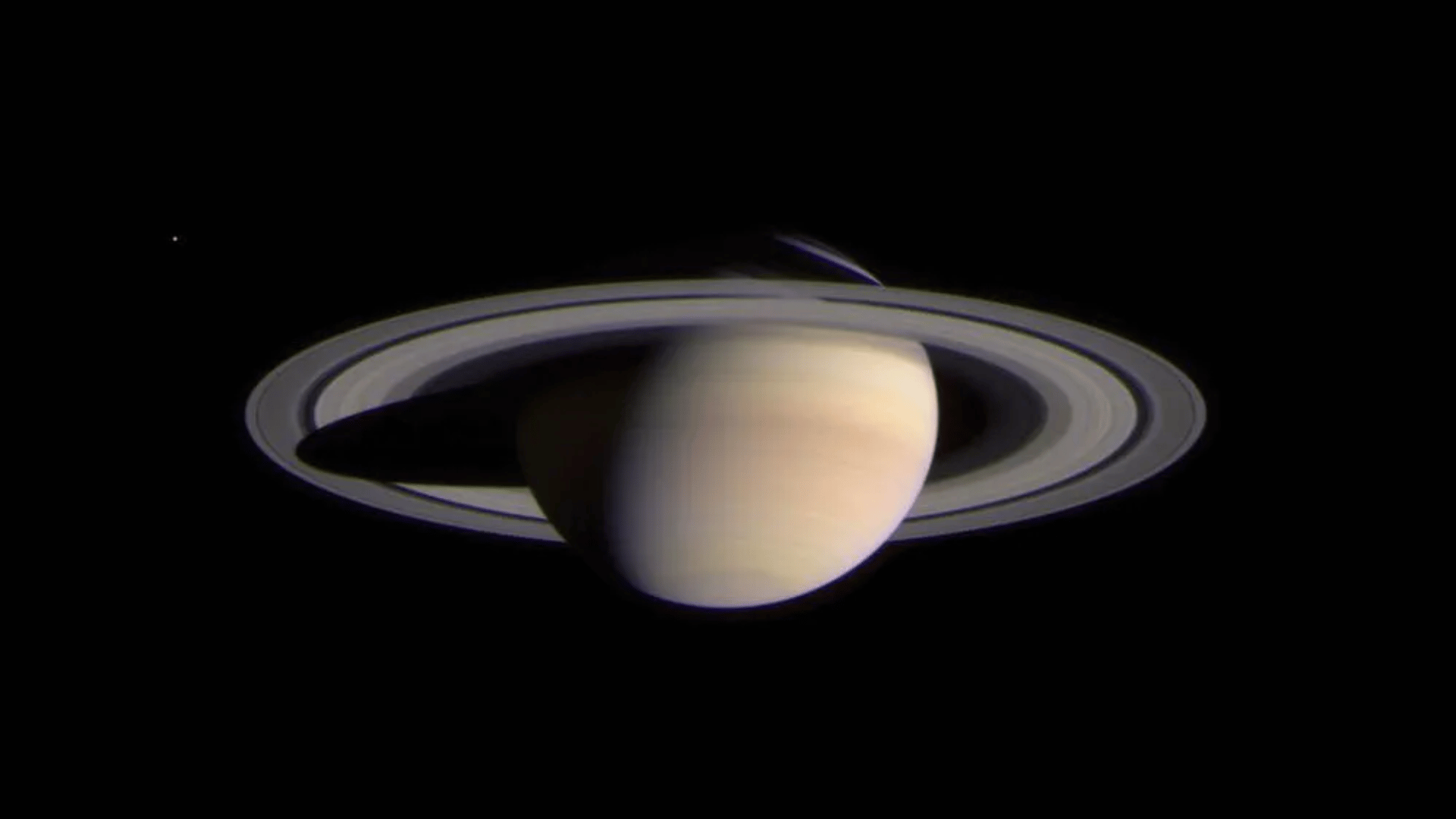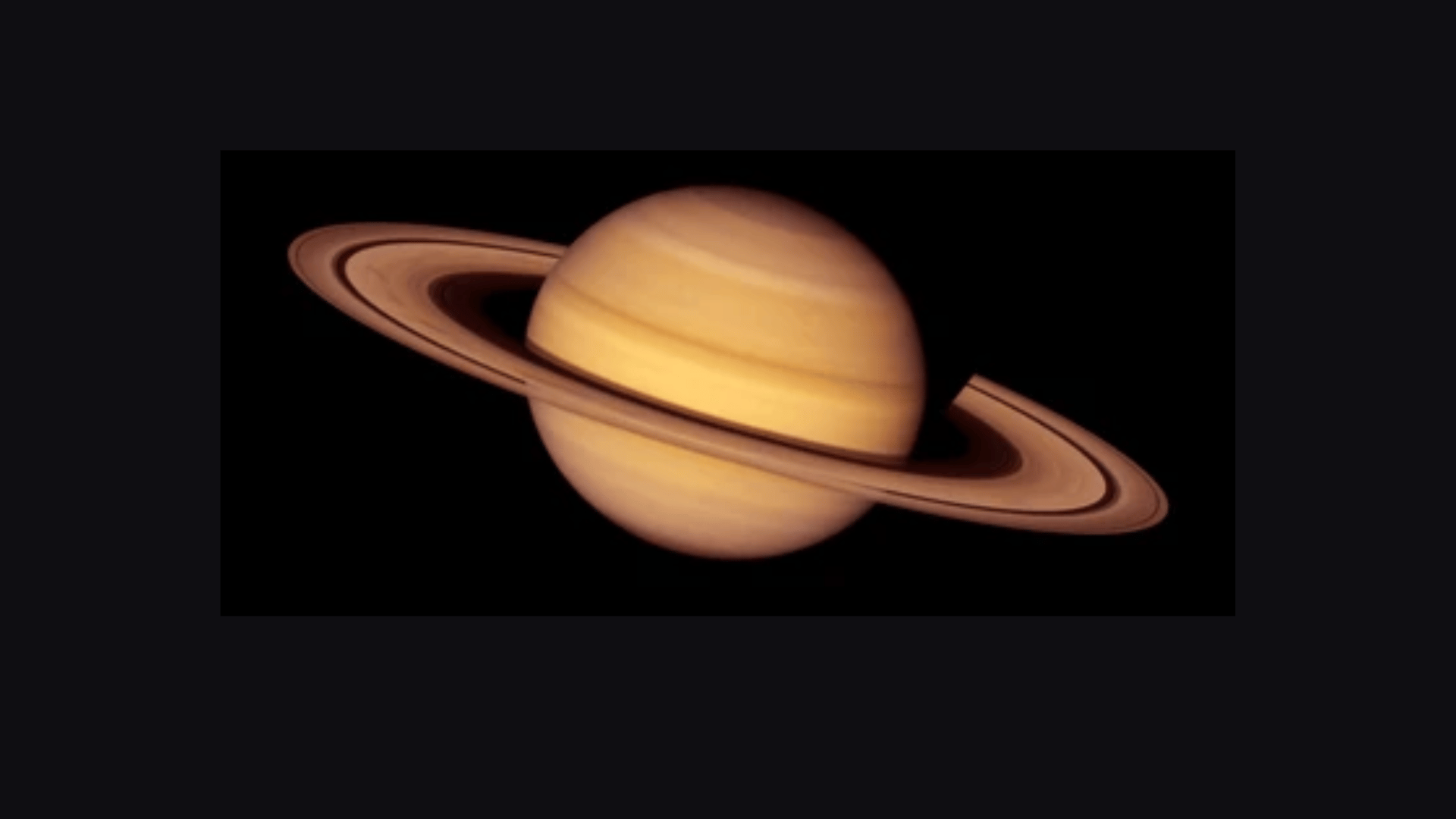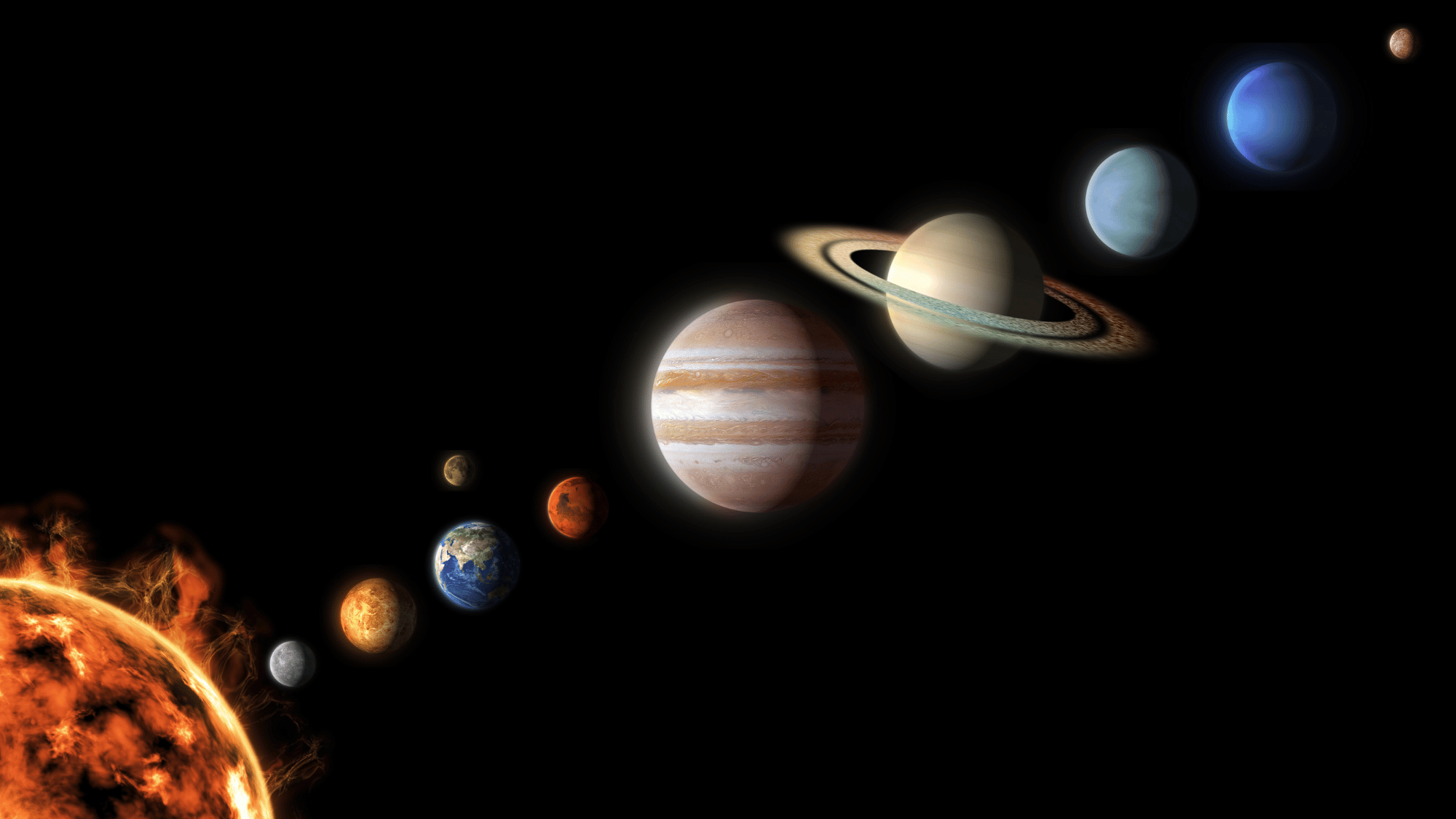When we gaze at Saturn through a telescope, its majestic rings immediately capture our attention.
However, the planet itself is equally extraordinary. As the second-largest planet in our solar system, the diameter of Saturn is approximately 120,536 kilometers at its equator, making it nearly 9.4 times wider than Earth.
Understanding this immense size isn’t just about numbers; it unlocks secrets about the planet’s composition, rotation, and formation billions of years ago.
Join us as we explore the remarkable measurements of this ringed wonder and discover what makes Saturn’s size truly exceptional in our cosmic neighborhood.
Core Measurements and Dimensions of Saturn
Saturn’s equatorial diameter spans an impressive 120,536 kilometers, while its polar measurement registers a notably smaller 108,728 kilometers.
This 11,808-kilometer difference, approximately equal to Earth’s entire diameter, represents a 9% variation that’s clearly visible through telescopes, creating Saturn’s flattened appearance.
A complete journey around Saturn’s equator would cover roughly 378,675 kilometers, equivalent to circling Earth more than nine times.
Its surface area reaches 42.7 billion square kilometers, 83 times Earth’s total surface. Most remarkably, Saturn’s volume of 827 trillion cubic kilometers could accommodate approximately 764 Earths within its gaseous interior.
With an equatorial width 9.4 times greater than our planet, Saturn undeniably deserves its classification as one of our solar system’s true giants.
Key Physical Characteristics of Saturn

Image Source: NASA Science
From its massive size to its speedy spin, Saturn’s physical traits make it one of the most fascinating planets.
- Composition: Saturn consists primarily of hydrogen (96%) and helium (3%), with trace amounts of methane, ammonia, and water vapor, making it a true gas giant with no solid surface.
- Atmospheric Layers: The planet features distinct atmospheric bands with powerful jet streams, colorful cloud formations of ammonia crystals, and turbulent storm systems, including massive hexagonal polar vortexes.
- Mass and Gravity: Despite its enormous size, Saturn’s mass is only 95 times Earth’s. Surface gravity measures 10.44 m/s², slightly stronger than Earth’s, due to its low overall density.
- Temperature: Saturn’s cloud tops average -178°C (-288°F), while its core reaches approximately 11,700°C (21,000°F), generating more heat than it receives from the Sun through internal compression.
- Magnetic Field: Saturn possesses a strong magnetic field about 578 times more powerful than Earth’s, created by metallic hydrogen currents deep within its interior, protecting against solar radiation.
- Internal Structure: Beneath the gaseous atmosphere lies liquid metallic hydrogen, surrounding a dense rocky and icy core estimated at 10-20 Earth masses, though the exact structure remains debated.
How Big is Saturn Compared to Others?
Understanding Saturn’s true scale requires comparing it to familiar reference points in our solar system. This comparison reveals just how massive this ringed giant truly is.
Key Comparisons:
| Comparison | Details |
|---|---|
| Solar System Ranking | The second-largest planet after Jupiter, larger than all terrestrial planets combined |
| vs. Jupiter | 120,536 km in diameter, 86% of Jupiter’s 139,820 km width |
| vs. Earth | 9.4 times wider; nearly 9.5 Earths fit across Saturn’s equator |
| Volume Capacity | Approximately 764 Earths could fit inside Saturn |
| Density Paradox | Lowest planetary density (0.687 g/cm³), less than water; would theoretically float |
These comparisons reveal Saturn’s unique position as a gentle giant, immense in size yet surprisingly lightweight in composition.
Why is Saturn not Perfectly Round?
Saturn’s distinctive flattened appearance results from its incredibly rapid rotation and gaseous composition.
The planet completes one full rotation in just 10.7 hours, remarkably fast for such a massive body.
This high-speed spin generates powerful centrifugal forces that push material outward at the equator while gravity pulls it inward at the poles.
Unlike rocky planets with solid structures to resist these forces, Saturn’s fluid composition of hydrogen and helium easily responds to rotational dynamics.
The result is a pronounced oblate spheroid shape, with the equatorial diameter measuring 120,536 kilometers compared to the polar diameter of just 108,728 kilometers.
Scientists study this distortion to understand the planet’s internal structure, rotation rate, and how mass distributes throughout its gaseous layers, providing valuable insights into gas giant behavior.
Scientific Significance of Saturn’s Diameter
The diameter of Saturn isn’t just a number; it’s a scientific key that helps researchers unlock important details about the planet’s structure, rotation, and history. Look at what scientists have learned from studying Saturn’s massive size:
Reveals Planetary Composition: Saturn’s enormous equatorial diameter of 120,536 kilometers, combined with its very low density (less than water), shows that it’s mostly made of hydrogen and helium gases surrounding a small rocky core.
Explains Shape and Rotation: The difference between Saturn’s equatorial and polar diameters helps scientists calculate its rotation rate and understand how its mass is distributed inside.
Shows Its Fluid Nature: The planet’s flattened, or oblate, shape proves that Saturn has a fluid interior that responds strongly to spinning and centrifugal forces.
Tracks Atmospheric Activity: Measuring small diameter changes over time allows scientists to study atmospheric dynamics, such as powerful jet streams that can reach speeds up to 1,800 km/h.
Supports Formation Theories: Saturn’s massive size and low density suggest it formed early in the solar system’s history, when gas and dust were abundant.
Enhanced by Space Missions: Data from missions like Cassini continue to refine our understanding of how gas giants like Saturn evolve and maintain their structure over billions of years.
Fascinating Fun Facts About Saturn’s Size
Saturn isn’t just huge, it’s full of surprises that make it one of the most intriguing planets in our solar system. Below are some fun facts that highlight its incredible size and features:
- The Floating Planet: Saturn is the only planet with a density less than water, meaning it would theoretically float in a giant bathtub.
- A Day Flies By: Saturn completes one rotation in just 10.7 hours, making its day less than half of Earth’s despite its massive size.
- Ancient Observations: Galileo first observed Saturn in 1610, but mistakenly described its rings as mysterious “ears” that appeared and disappeared.
- The Hexagon Mystery: Saturn’s north pole features a bizarre, persistent hexagonal storm pattern spanning 30,000 kilometers that has baffled scientists for decades.
- Faint Ring System: Saturn’s spectacular rings are incredibly thin, only 10 meters thick in places, despite stretching 282,000 kilometers across.
- Moon Abundance: Saturn has 146 confirmed moons, more than any other planet, including Titan, which is larger than Mercury.
Conclusion
Saturn’s diameter measurements reveal far more than simple statistics; they provide a window into the complex physics governing gas giants.
Saturn’s immense volume, coupled with its surprisingly lightweight composition, challenges our understanding of planetary formation and evolution.
As technology advances and future missions venture toward this distant world, we’ll undoubtedly learn even more fascinating details about Saturn’s structure and behavior.
Found this interesting? Share this article with fellow space lovers and inspire others to learn more amazing facts about our solar system and the wonders of Saturn.


















